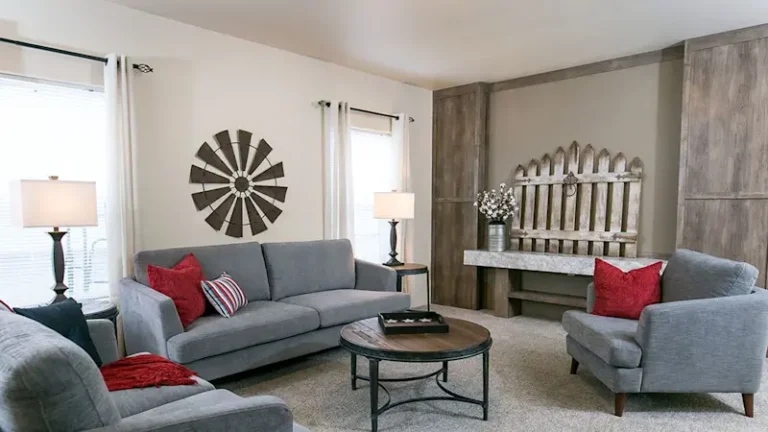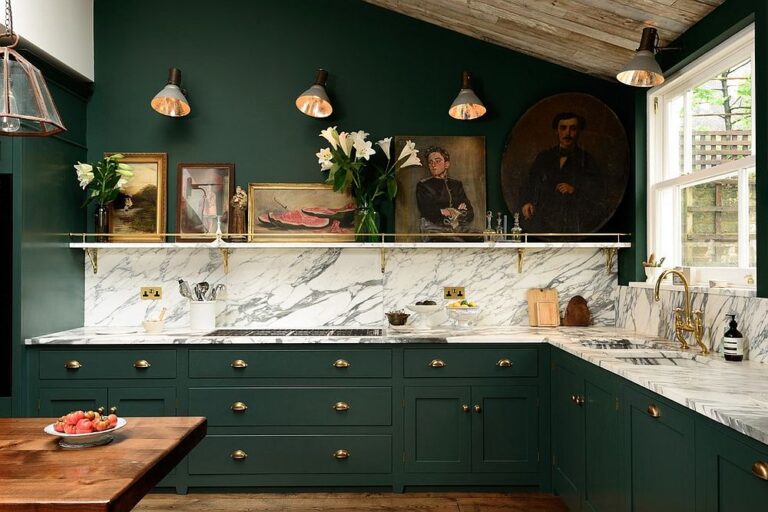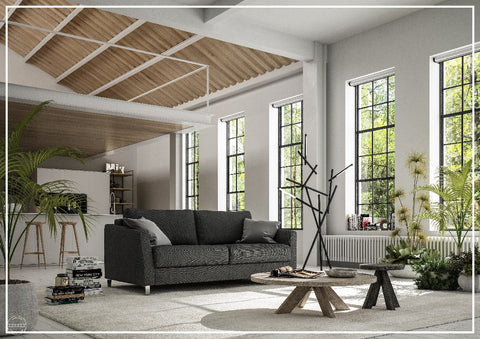Table of Contents
TogglePainting your trailer walls is a great way to refresh the look of your mobile home, increase its longevity, and create a more welcoming space. Whether you want to update the style or protect the surface from wear and tear, learning how to paint trailer walls can significantly enhance your trailer’s interior. This guide will walk you through the necessary steps, tools, and tips to successfully paint the walls in your trailer.
Why Should You Paint Trailer Walls?
Before diving into the steps of how to paint trailer walls, it’s essential to understand why this task is worth considering. Trailers often have walls made of materials like paneling, drywall, or even vinyl, which can wear down over time. By painting these walls, you can:
- Enhance the Aesthetic Appeal: A fresh coat of paint can breathe new life into your space, making it feel larger and more modern.
- Protect the Surface: Paint can act as a protective layer against moisture, dirt, and wear, helping preserve the integrity of the trailer walls.
- Increase Value: Whether you’re planning to sell or just enjoy your living space more, freshly painted walls can improve the value and appeal of the trailer.
Now that you understand the benefits, let’s explore how to paint trailer walls successfully.

Materials You’ll Need for Painting Trailer Walls
To get started on your project, gather the following materials and tools:
- Paint: Choose the right type of paint for your trailer walls. For paneling or drywall, a satin or semi-gloss finish works well. For vinyl, a flexible paint specifically designed for that material is necessary.
- Primer: A good primer helps paint adhere better, especially if you’re covering up old colors or working with a surface that has been previously painted.
- Paint Roller and Brush: A roller will make it easier to cover large wall areas, while brushes are ideal for corners and edges.
- Painter’s Tape: Use painter’s tape to protect trim, windows, and other areas you don’t want to paint.
- Drop Cloths: To protect your floors and furniture, use drop cloths or plastic sheeting.
- Sandpaper: Lightly sand the walls to create a smooth surface for painting, especially if there are imperfections.
- Cleaning Supplies: Use a mild detergent and water to clean the walls before painting.
Having these materials ready will make the process of painting trailer walls smoother and more efficient.
Step 1: Preparation is Key
Before you even think about opening that paint can, preparation is essential. Here’s how to properly prepare your trailer walls for painting:
Clean the Walls
Start by cleaning the walls thoroughly. Dirt, dust, and grease can interfere with paint adhesion. Mix some mild dish soap with warm water, and use a sponge to wipe down all surfaces. Rinse with clean water and allow the walls to dry completely.
Sand the Surface
If your walls are glossy or have imperfections, lightly sand them with fine-grit sandpaper. This step is especially important for old, painted surfaces that may have peeling or cracking. Sanding will help create a rough surface for the primer and paint to bond better.
Tape Off Areas
Use painter’s tape to cover any areas that you don’t want to paint, such as window frames, baseboards, and light switches. This will create clean lines and prevent paint from getting on surfaces you want to remain untouched.
Step 2: Apply Primer
Priming your trailer walls is crucial, especially if you’re switching colors or painting over a glossy surface. Apply a coat of primer with a roller, using long, even strokes. Allow the primer to dry according to the manufacturer’s instructions. You may need to apply a second coat if the surface is porous or uneven.
Step 3: Paint the Walls
Now that the primer has dried, it’s time to paint the walls! Follow these steps for a smooth and even finish:
Choose the Right Paint
As mentioned earlier, the type of paint you choose depends on the surface you’re working with. For wood paneling, use a high-quality acrylic or latex paint. For vinyl, look for specialized vinyl-safe paint that provides flexibility. Choose a finish that suits the look you’re going for; satin and semi-gloss finishes are generally ideal for trailer walls.
Start with the Edges
Begin by painting the edges and corners with a brush. This ensures that the trim and other areas get a clean coat of paint. Once you’ve painted the edges, you can use a roller for the larger sections.
Use the Roller
Dip the roller into the paint tray, making sure it’s evenly coated. Roll the paint on in a “W” pattern, ensuring that you don’t apply too much paint at once. This will prevent streaks and roller marks. Work in small sections to maintain a wet edge and avoid lap marks.
Apply Additional Coats
After the first coat of paint has dried, assess whether you need a second coat. In most cases, a second coat will provide a more even and vibrant finish. Be sure to allow each coat to dry completely before applying the next.
Step 4: Let the Paint Dry and Cure
Once you’ve finished applying the paint, it’s important to let the walls dry thoroughly. Depending on the type of paint, this can take anywhere from 4 to 24 hours. Be sure to follow the manufacturer’s instructions for drying times.
Even after the paint is dry to the touch, it’s crucial to let it cure for at least a few days before using the trailer again. Curing ensures that the paint fully hardens and adheres to the surface, providing a long-lasting finish.
Step 5: Clean Up
After the paint has dried and cured, carefully remove the painter’s tape from the edges. If any paint has bled under the tape, you can use a razor blade or touch-up brush to fix it.
Clean your brushes, rollers, and other tools according to the type of paint you used. Acrylic and latex paints can usually be cleaned with soap and water, while oil-based paints require solvents like turpentine or paint thinner.
Tips for a Professional Finish
- Use High-Quality Paint: Investing in high-quality paint will give your walls a more polished and professional look.
- Proper Ventilation: Ensure good ventilation while painting. Open windows or use fans to help the paint dry more quickly.
- Avoid Humidity: High humidity can affect paint drying times and finishes. Try to paint on a dry day for the best results.
- Take Your Time: Don’t rush the process. Applying multiple thin coats will provide a smoother, more even finish than one thick coat.
Conclusion
Learning how to paint trailer walls is a rewarding project that can transform the look of your space while also adding a protective layer to your trailer’s surfaces. By following these steps—preparing the walls, applying primer, and painting carefully—you can achieve a beautiful and durable result. Whether you’re renovating your trailer for personal use or resale, painting the walls is an excellent way to enhance its appearance and functionality. Enjoy your newly refreshed trailer, and don’t forget to take your time for the best possible finish!
You may also read
exterior door knobs for mobile homes


















